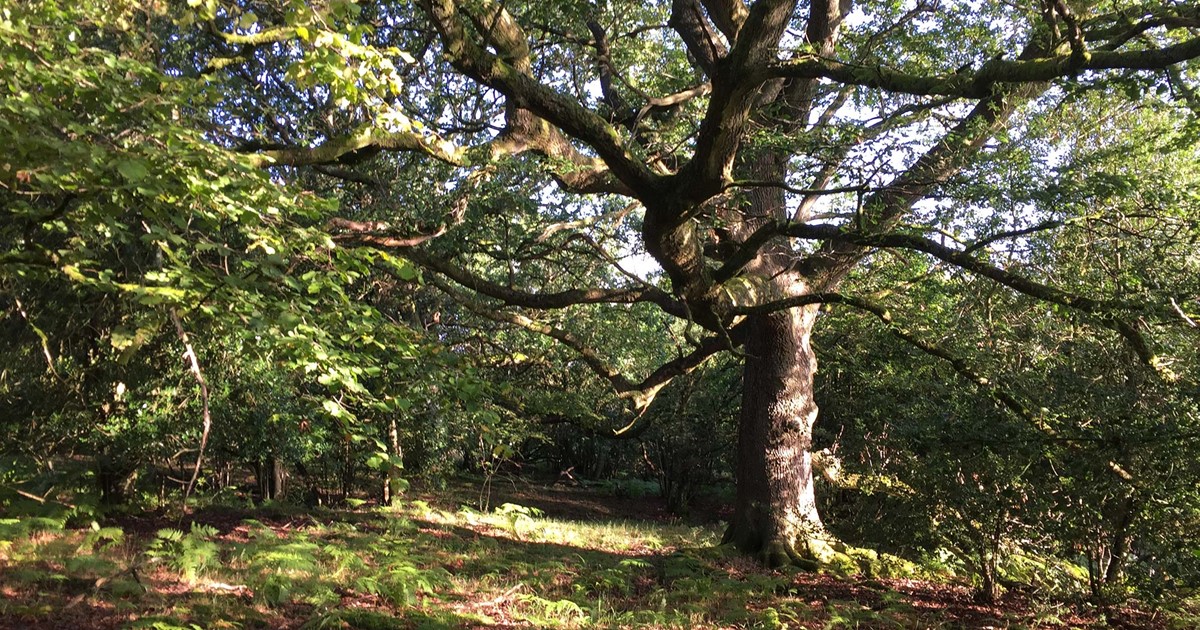Green Finance: Enabling Sustainability beyond Establishment (from our Agroforestry Conversation)

At our recent Agroforestry Conversation, we introduced the concept of the three stages of woodland sustainability:
-
Creation to Establishment
-
Establishment to Yield
-
Yield to Legacy
We’ve been exploring with farmers how to make woodland management genuinely sustainable — not just focused on tree planting, but on long-term outcomes. While support is often concentrated on the creation stage, at Stump Up For Trees we recognised early on the importance of ongoing care. That’s why we introduced our 12-year monitoring and maintenance programme. It’s long-term for a small charity, but for a woodland or treescape, it’s the blink of an eye.
The type of wooded landscape in question — whether hedgerows, traditional agroforestry, Coedcae, high forest, or low-density woodland and wood pasture — affects how long it takes to move from establishment to yield. Often, it’s reaching that yield that makes woodland management truly sustainable.
For example, a hedgerow may deliver benefits like increased shelter and disease prevention for livestock in as little as 5–7 years. In contrast, high timber woodlands — particularly those we’re planting primarily for ecology — might not deliver a measurable ‘yield’ for 20 to 50 years.
This is where Green Finance could unlock real change. While the Carbon Market is often the go-to mechanism, concerns around greenwashing and the complexity of accessing these markets — especially for smaller landowners — has led many to question whether Green Finance is always ethical or effective.
We’re currently compiling insights from across the environmental NGO sector, politics, and farming to build a resource for farmers and land managers. Our goal is to help rural communities explore the full range of Green Finance options, understanding where they might be useful — and where they might not.
We were also fortunate to host a Cardiff Business School placement student, Charlotte Bennett, this spring. She’s created the infographic below as an accessible introduction to this complex topic.
If you have information to share, or would like to know more, please contact our General Manager, Jenny Knight, at jennyknight@stumpupfortrees.org.

